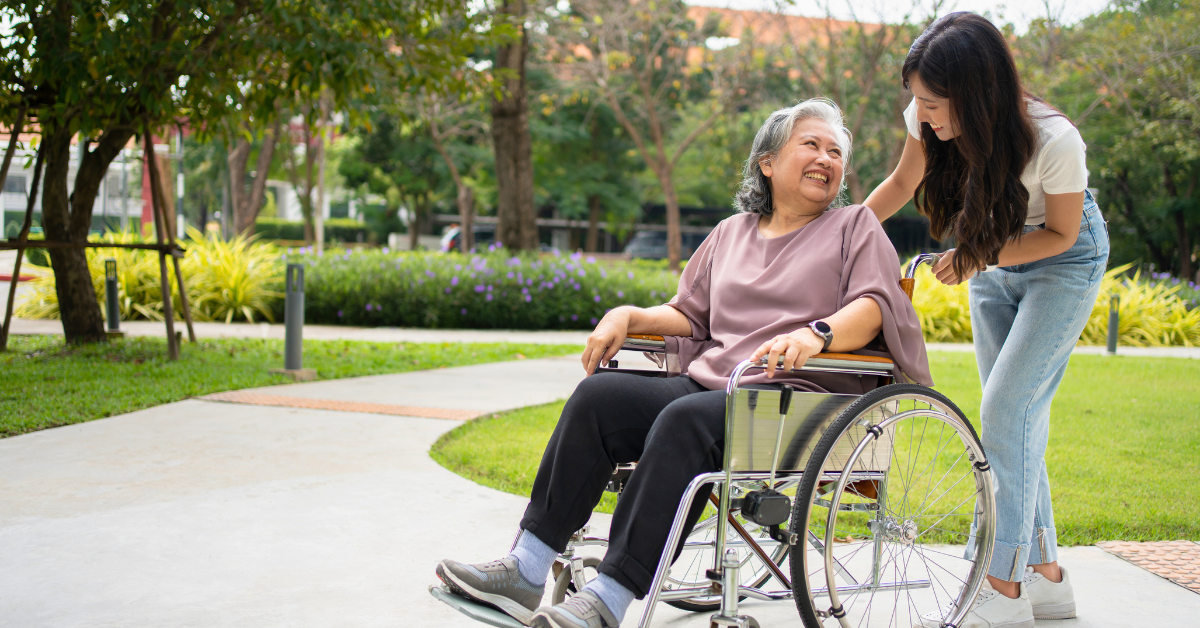
Published on:
In my travels, conversations, and studies, I have observed that the terms “caregiver,” “caretaker,” “carer,” and “care partner” are used somewhat interchangeably. However, each of the terms carries subtle differences in meaning, usage, and connotation, especially in various cultural, professional, and familial contexts. Understanding the distinctions between these terms can clarify their roles and help provide a more nuanced understanding of the relationships and responsibilities they encompass.
CAREGIVER
The term caregiver is perhaps the most widely used, particularly in the United States and Canada. It typically refers to someone who provides direct care and support to another person, often in a medical or personal care context. This care can range from helping with basic daily activities—such as bathing, dressing, and eating—to providing medical assistance, such as administering medications, monitoring health conditions, and coordinating with healthcare professionals.
Types of Caregivers
Caregivers can be family members, friends, or professionals. They are often distinguished as either informal caregivers or formal caregivers:
- Informal caregivers are typically family members or friends who take on the responsibility of caring for a loved one without formal training or compensation. They are often motivated by personal relationships and a sense of duty or affection. The informal caregiver role is particularly prevalent in the care of elderly parents, individuals with disabilities, or people with chronic illnesses.
- Formal caregivers are professionals, such as nurses, home health aides, or personal care assistants, who are paid to provide care. They often have specialized training and certifications to assist in areas like medical care, personal hygiene, or rehabilitation.
Connotations
“Caregiver” carries a connotation of active involvement in the care process, making it my favorite term among those referenced in this post. The word emphasizes the “giving” aspect, highlighting the emotional, physical, and sometimes financial sacrifices that come with the role. Caregivers are often seen as compassionate individuals who prioritize the well-being of others, sometimes at the expense of their own needs.
CARETAKER
The term caretaker is more commonly used in other English-speaking countries, such as the United Kingdom, and has a slightly different meaning. While it can still refer to someone providing care for a person, it more frequently refers to someone responsible for the maintenance or upkeep of a property, building, or environment. For example, a school might employ a caretaker to maintain the grounds and facilities, or a property might have a caretaker responsible for general maintenance and security.
When applied to people, the term “caretaker” has a more impersonal and functional tone. It suggests a role focused on responsibility and oversight, rather than the personal, nurturing aspects often associated with caregiving. A caretaker may be responsible for ensuring the overall well-being of a person but is less likely to be involved in hands-on, day-to-day personal care activities. The term tends to evoke a more managerial or supervisory position, which may include overseeing other caregivers or support staff.
Connotations
In a personal care context, the use of “caretaker” may feel more detached or transactional compared to “caregiver.” It suggests a role that is more focused on logistics or management rather than emotional or physical intimacy. In some cases, people may use the term “caretaker” to describe someone who cares for a property or animals, further emphasizing a less personal touch when applied to human care. For these reasons, “caretaker” is my least preferred term among those described in this post.
CARER
The term carer is primarily used in the United Kingdom and may be heard in Australia or New Zealand. It is essentially equivalent to the American term “caregiver” and refers to someone who provides direct support and assistance to an individual who is unable to fully care for themselves.
Types of Carers
Like caregivers, carers can be either informal (family members or friends) or formal (professional care workers). The role of a carer is often shaped by the needs of the person receiving care, whether that person has a disability, is elderly, or is living with a chronic condition. Carers often assist with personal hygiene, mobility, and medical tasks, as well as providing emotional support.
Connotations
The term “carer” has a strong association with emotional involvement and personal commitment. In the UK, it is commonly used to acknowledge the important and often unrecognized role of people who provide unpaid care to loved ones. The term carries less of the “transactional” connotation that “caretaker” might, and it tends to emphasize the personal and relational aspects of care. This is especially true in contexts where people discuss the challenges of carer burnout or the emotional toll that care work can take on individuals.
CARE PARTNER
Care partner is a more recent term that has gained popularity in both professional and informal care settings. It reflects a shift in how caregiving relationships are perceived and emphasizes a more collaborative, equal approach to care. A care partner is seen not just as someone who gives care, but as someone who works alongside the person receiving care, forming a partnership to manage health and well-being together.
Types of Care Partners
Care partners can be family members or friends, but they may also be professionals who adopt a more holistic and participatory approach to care. In the healthcare field, the term is increasingly used to describe relationships in which both the person receiving care and the person providing care have a voice in decision-making and problem-solving.
Connotations
“Care partner” carries a connotation of mutual respect and shared responsibility. It moves away from the hierarchical, sometimes paternalistic model implied by “caregiver,” where one person gives and the other passively receives. Instead, “care partner” suggests an active collaboration in which both parties contribute to the caregiving process. This term is often embraced in modern healthcare models that emphasize patient empowerment and person-centered care.
HOW TO DISTINGUISH THE TERMS
- Emphasis on Role: “Caregiver” and “carer” emphasize the act of giving care, with a focus on the practical and emotional work involved. “Caretaker” suggests a more functional or managerial role, often with a broader focus on property or task management. “Care partner” emphasizes collaboration and shared decision-making.
- Cultural and Regional Usage: “Caregiver” is commonly used in North America, while “carer” is preferred in the UK and Commonwealth countries. “Caretaker” can refer to property maintenance in many regions, while “care partner” is gaining global usage in modern healthcare settings.
- Emotional vs. Practical Focus: “Caregiver” and “carer” tend to highlight emotional involvement, while “caretaker” is more neutral or detached. “Care partner” introduces a dynamic of mutual engagement and equality in the caregiving relationship.
As you can see, each term carries its own cultural, emotional, and practical nuances, reflecting different ways of understanding the vital work of supporting others.
________________________________________________________________________________________________
If you’d like to invite Dr. Blight to join your group for a discussion about caregiving, please contact us.
Posted in Caregiving






